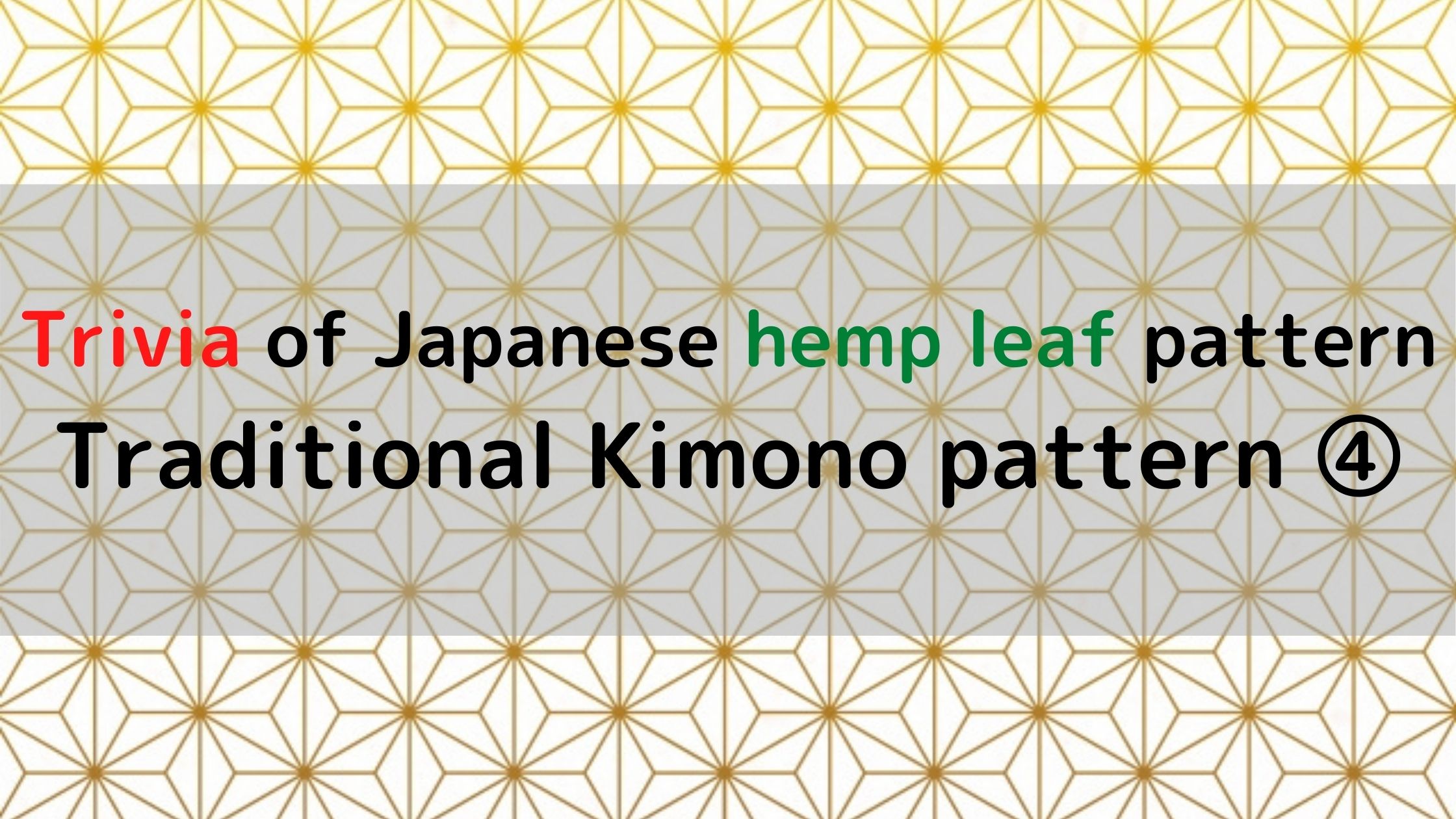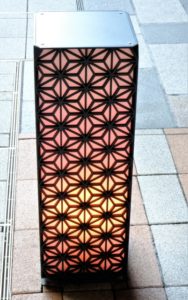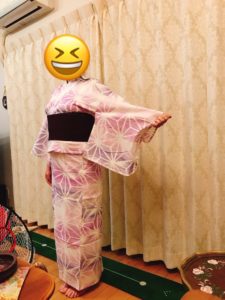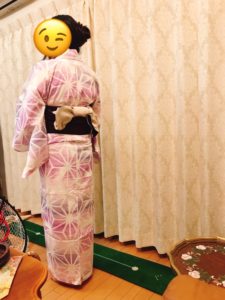Japanese hemp leaf pattern, called “Asanoha” is a geometric pattern of hexagons connecting rhombus shapes.
This pattern has been used to decorate Buddhist statues since the Heian period (794-1185) and was used to ward off evil and bad luck.
Because it resembles a hemp leaf, it later came to be called a “hemp leaf”, especially one with a series of patterns of the same size, which is called a “hemp leaf connection”, “Asanoha Tsunagi” in Japanese.
Because hemp leaves grow very fast and straight, they were often used to make baby clothes to wish for the healthy growth of the child.
In the Edo period, this pattern became very popular when it was used in the Kabuki play “Yaoroya Oshichi”, and it became an indispensable pattern for young girl characters.
My yukata that I bought last year was also this hemp leaf pattern!
Oops, even the yukata has wrinkles in the obi…






Comment
[…] Trivia of Japanese hemp leaf pattern / Traditional Kimono pattern ④ […]